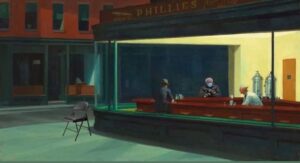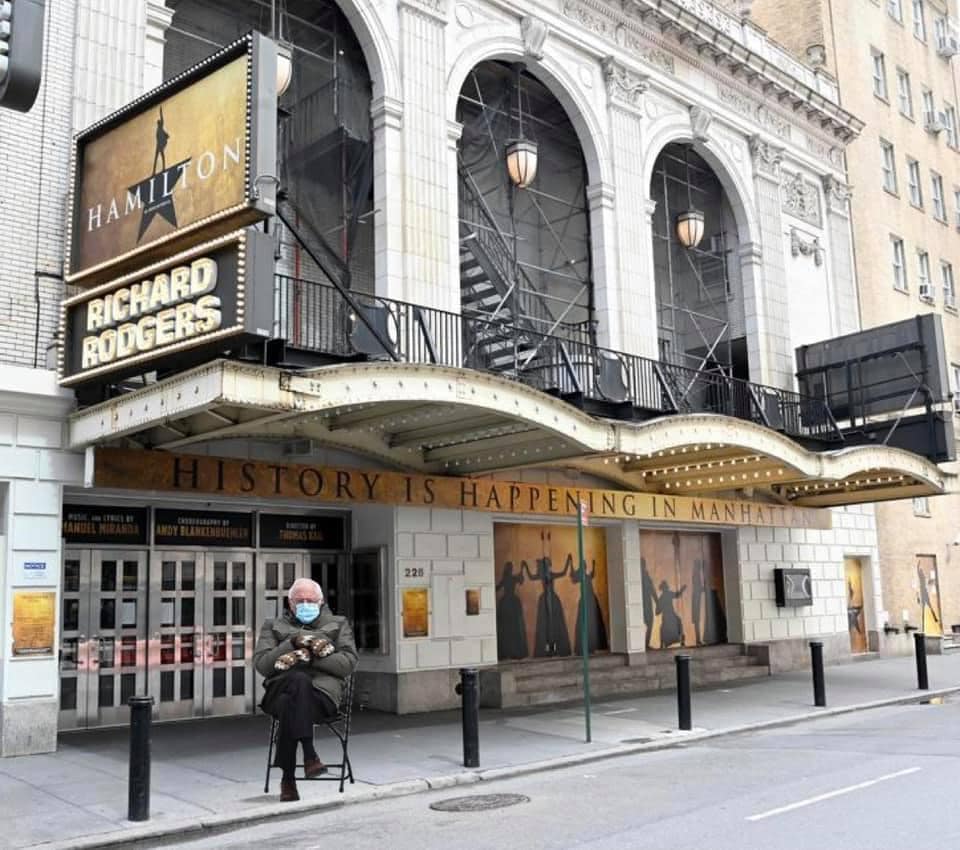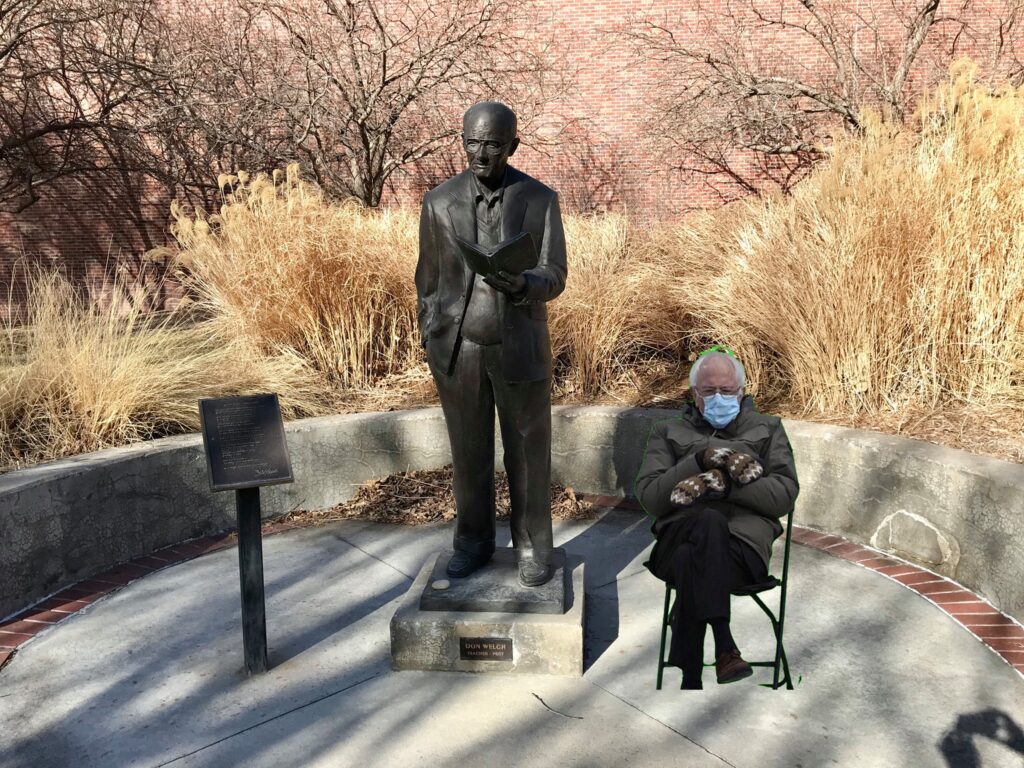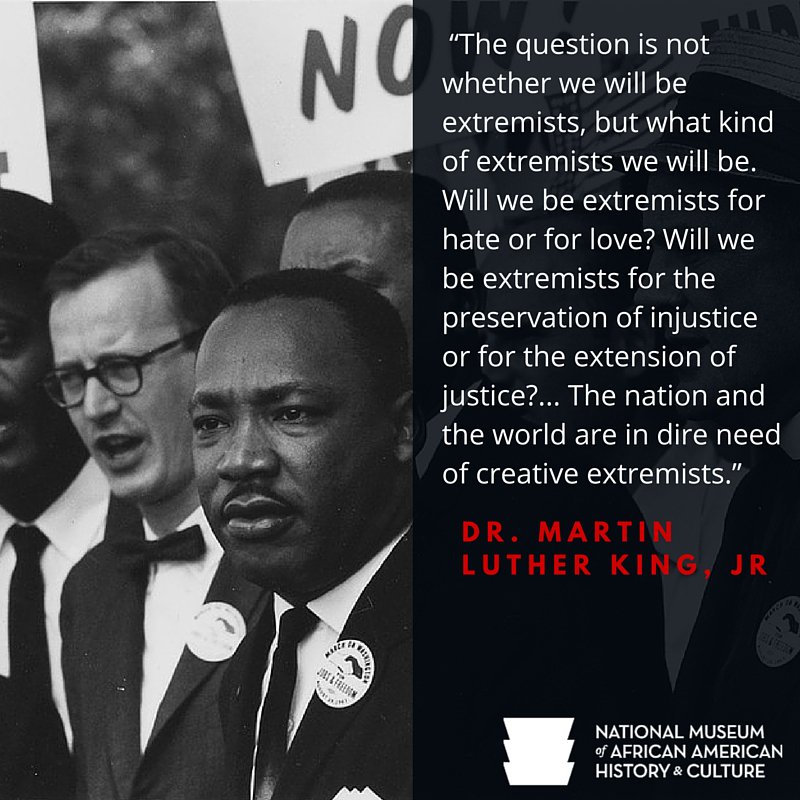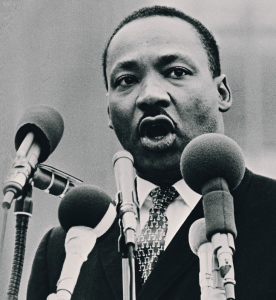Back in the the late 1980s, early 1990s, the television business started going through some big changes. For the first time ever, the original Big Three television networks (ABC, CBS and NBC) started changing ownership, going from the founders to new non-media company owners.
The broadcast networks of this era were essentially a printing press for money. They had no real competition for home entertainment. You watched what the networks put on the air, when they showed it, and you liked it. A few people watched the relatively new Public Broadcasting System non-commercial channel, and if you were lucky you might have an independent station or two that showed old movies and reruns. But for the most part, these three networks had a monopoly on programming coming into the home.
As an illustration of this, in 1976 the average household had a choice of seven broadcast channels, the Big Three, PBS, and three indie stations.
In the late 70s, early 80s, VCRs started to become common, and people could start recording programs to watch when they wanted to. They could also rent movies as an alternative to what was being broadcast. By the late 1980s, Rupert Murdoch had the Fox Broadcast Network running on UHF broadcast stations that previously had no original programing.
With the growth of cable TV, by 1991, the Big Three networks had lost a third of their viewership to cable, VCRs and new networks. The average home had a choice of 33 cable channels. (For much more on this, see Ken Auletta’s great history of the time: Three Blind Mice: How the TV Networks Lost Their Way)
This has continued on through the growth of Direct Broadcast Satellite TV and digital cable, until we reached the point we had literally 100s of channels to choose from.
Auletta refers to this as the “earthquake in slow motion” – a massive change in the television marketplace that happened so slowly that the original broadcast networks were blindsided by it.
Unfortunately, this came with a cost. We would be watching perhaps six-to-ten of these channels on a regular basis, but we had to pay for all of them. The pipe dream people had was a la carte pricing – pay only for the channels you want. You don’t like sports? Don’t pay the $8 a month for ESPN. Don’t like conservative talk shows, don’t pay the $2 a month for Fox News.
But here’s the problem – The reason you get so many channels for your monthly subscription fee is that cable companies are mostly paying for the lead channel – Fox News, not Fox Business News; ESPN, not ESPN2, ESPN U, ESPN Classic; History Channel, not all the range Discovery Channels. The system works so that if your cable channel pays a big price for the lead channel, they get the second string ones for almost nothing.
So streaming would seem to be the way to get just what you want – Netflix for movies and Hulu for the equivalent of basic cable. But if you want all the Disney/20th Century Fox/Marvel/Star Wars movies, you need a subscription to Disney+. And if you want all the new WarnerMedia first run movies, you need HBO Max. And now Paramount is expanding CBS All Access into a new streaming service, plus there’s Amazon Prime, and Peacock, and Discovery+ and, and, and….
And before you know it, there will be bundles of all these streaming services that starts looking a lot like cable. If we go back to my Seven Secrets ‘They’ Don’t Want You To Know About The Media, we get to:
This post was prompted by Dr. Amber Hutchins tweeting about Disney+ show WandaVision:
WandaVision Is Currently The Most Popular TV Show in the World https://t.co/bxJpUY9ViK
— Dr. Amber L. Hutchins 📚 (@amberhutchins) February 14, 2021
Yes, Disney has re-pioneered weekly episodes! What’s next—bundled network subscriptions?? 😉
— Dr. Amber L. Hutchins 📚 (@amberhutchins) February 14, 2021
And they want to pay one bill rather than each individual service
— Dr. Amber L. Hutchins 📚 (@amberhutchins) February 15, 2021



